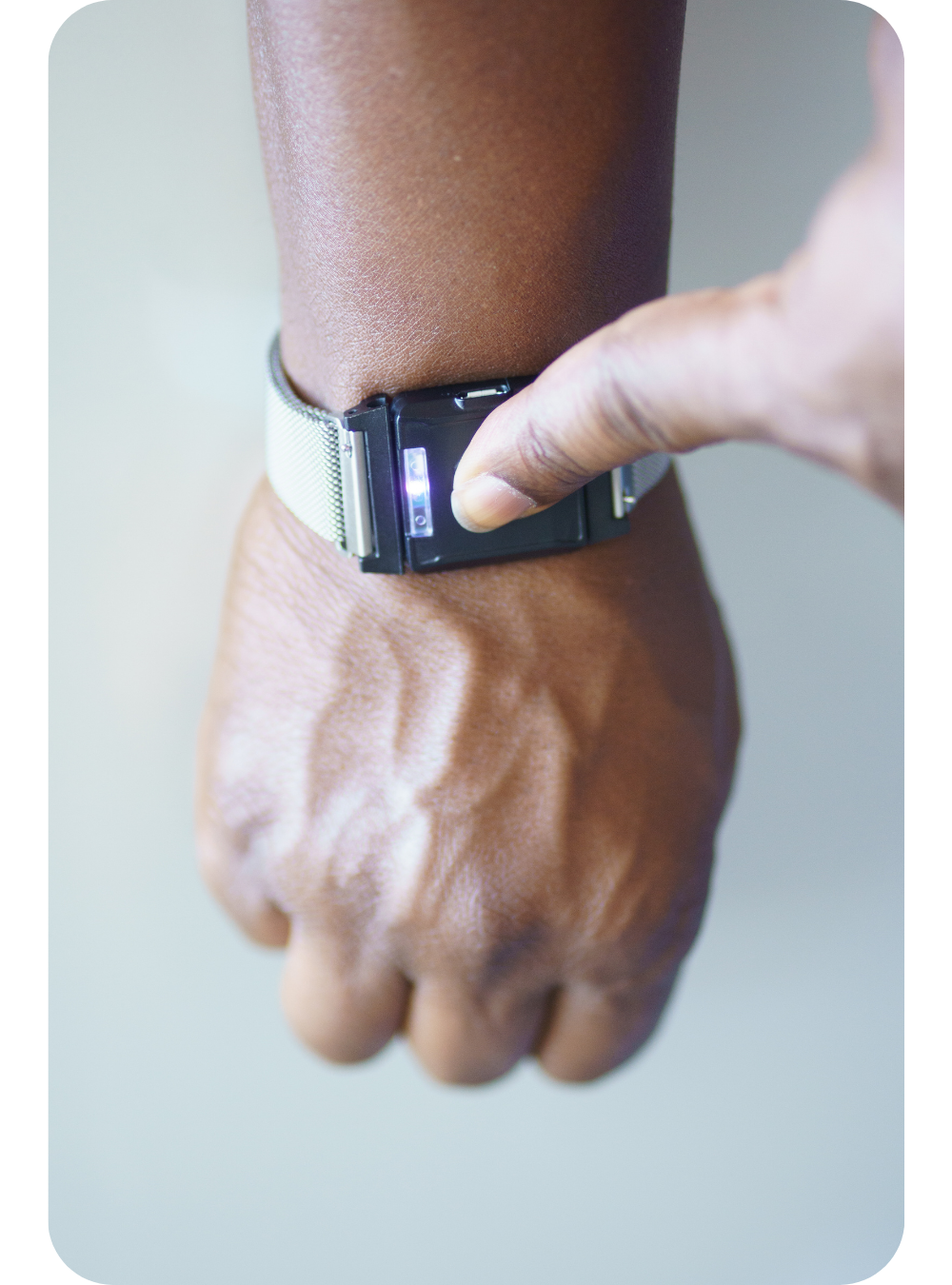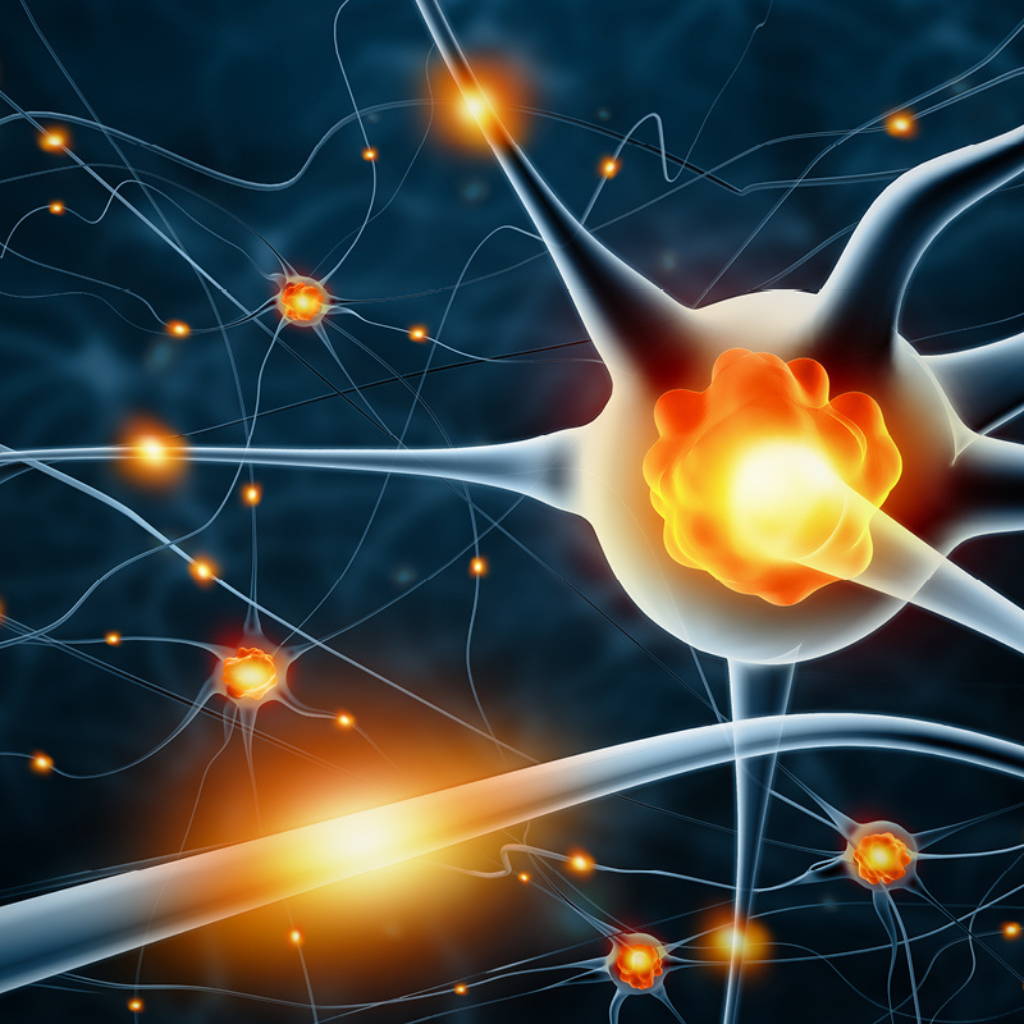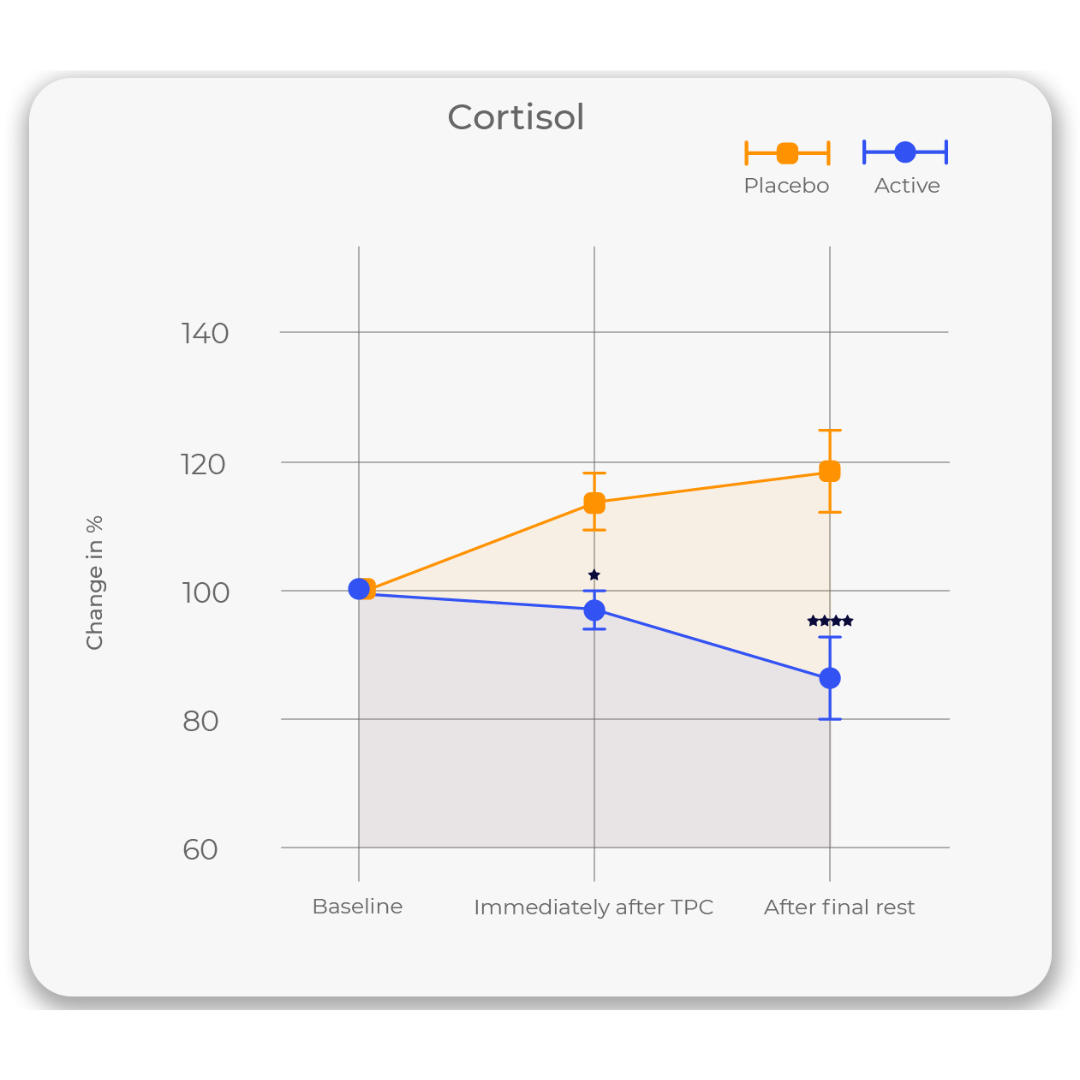HOME | ENCYCLOPEIDA OF USES | OPPOSITIONAL BEHAVIOR
ENCYCLOPDIA OF USES
OPPOSITIONAL BEHAVIOR
Oppositional behavior in children and teens can be caused by stress as a coping mechanism when they feel overwhelmed or unable to express their emotions effectively. This may manifest in various ways , such as frequent tantrums or outbursts, defiance, refusal to follow rules or instructions, heightened irritability, and even withdrawal from social interactions. BLAST® can help reduce stress, restoring a sense of calm, potentially reducing the severity and frequency of oppositional behaviors.
How blast® works for OPPOSITIONAL BEHAVIOR
How to use BLAST® for OPPOSITIONAL BEHAVIOR

Before you start:
Learn the basics behind operating your TouchPoints. Understand how to operate your TouchPoints, the different modes, and more with our online user guide.
When to use BLAST®:
Spot: Use as soon as your child starts expressing signs of irritability.
Preventative: If you know you're going into a scenario that may cause irritability, begin using them 15-30 minutes prior.
How to use BLAST®:
Where: Place TouchPoints on your wrists, ankles, or clipped to pant pockets.
Mode: Use the Fast/Purple mode.
Timing: Leave on until calm is restored.
USER SPOTLIGHT
See what our customers are saying about BLAST® & oppositional behavior.
Leal-Junior, E. C., Casalechi, H. L., Machado, C. dos, Serin, A., Hageman, N. S., & Johnson, D. S. (2019). A triple-blind, placebo-controlled randomized trial of the effect of bilateral alternating somatosensory stimulation on reducing stress-related cortisol and anxiety during and after the Trier Social Stress Test. Journal of Biotechnology and Biomedical Science, 2(1), 22–30. https://doi.org/10.14302/issn.2576-6694.jbbs-19-2784



